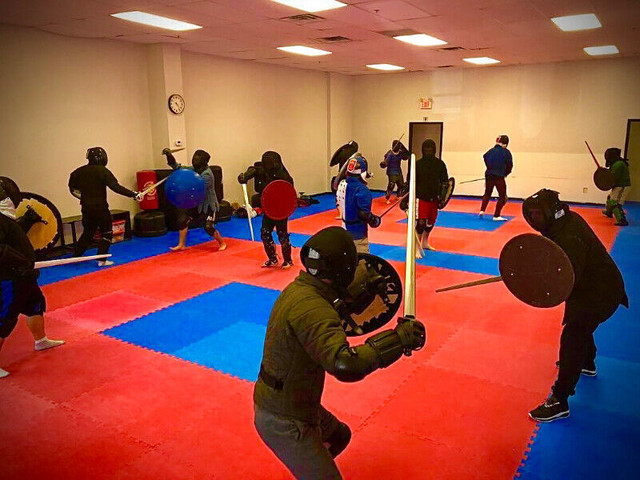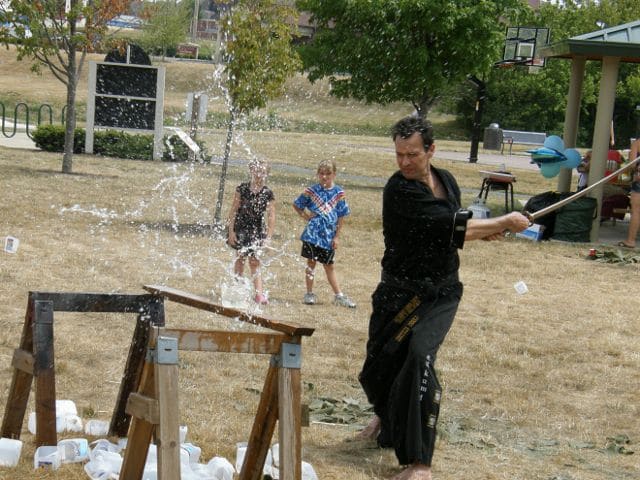
Are you significant in grasping the Ninja’s protection system of Ninpo-Taijutsu (aka Budo-Taijutsu)? If you are, then this post may be simply what the Ninja master ordered.
Because, I’m likely to share with you a unique strolling method that, according to Soke Masaaki Hatsumi, grandmaster of the last remaining ninja schools on the planet, is one of the two critical abilities that you absolutely “have to” be proficient in, if you are going to come to be a master of taijutsu, the Ninja’s body-art and also unarmed self-defense system.
After reading this post, don’t forget to go get the unique video clip lesson that I describe, that will teach you what many students do not understand about this skill!
So, out of all the skills that the Ninja has in his little black Ninja “bag of techniques,” why is strolling among the 2 most crucial abilities? And why the one that I’m about to show to you?
Nevertheless, strolling is walking– right?
Well … “No.”.
The ability that I’m describing is the Ninja’s yoko-aruki, or “sidewards strolling.” Likewise called “Ichimonji-walking” or, in the Koto Ryu, kaneuki (” crab-walking”), this method of walking has many different applications within the art of Ninjutsu.

Several of these applications consist of:
1) Stealth.
2) Traversing narrow passages and also paths.
3) Strolling up or down steep inclines and also hillsides, and …
4) Progressing and retreating while utilizing firearms.
Yet, within the Ninja’s self-defense system referred to as ninpo-taijutsu, the yoko-aruki is the trick to being able to perform the right henka (” variation”).
If you are not acquainted with the Yoko-Haruki, cross-step kind of strolling, I’ve provided a link later on in the write-up to a video lesson that will educate you on how to properly carry out the movement.
As a quick summary, to appropriately carry out yoko-aruki, I’m mosting likely to explain it from the perspective and suggestion of “ichimonji-walking,” or ‘strolling while remaining in a proper Ichimonji no Kamae.
So … start by taking up an Ichimonji or Seigan no kamae. We’re going to be relocating the instructions that your lead leg is aiming toward. Please make sure that when you are in either of these kamae (” positions”), your lead foot and also knee is directed straight onward at the designated target. This is vital and standard information for your bladed poses.
Next, shift your weight entirely forward, over your lead knee to make sure that 90% or more of your body weight is being lugged by your lead leg. The suggestion is to glide your hips sidewards, keeping your upper body right. Avoid the common however incorrect propensity to pitch the upper body at an angle as well as learn from the waistline.
Now, with your weight over your lead leg, bring your trailing leg onward and also cross over your lead leg. You can do this by crossing either in front or behind the lead leg. Both versions are right.
Additionally ensure that, while you’re carrying out the crossing/stepping action, your back foot remains laterally in the universal “L” position, and that your upper body remains bladed (do not enable your torso to transform while stepping). This is one of the largest errors made, as well as if not done appropriately, will certainly screw up everything from your equilibrium to your punching, kicking, sword job, etc.
But, I can hear you asking …
Just how is this an advanced ninjutsu skill?
And also, the solution is …
Since, in the words of Hatsumi-sensei, “If you can not do yoko-aruki, after that you can refrain henka.”
Henka is the capacity to alter and also adjust to circumstances on a case-by-case basis. That indicates that, without this ability, you will certainly have a challenging time varying a particular strategy from the “design” (also known as kata type), since you can’t move properly according to TheAspiringGentleman.
